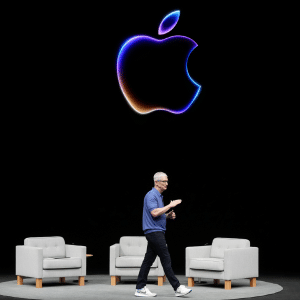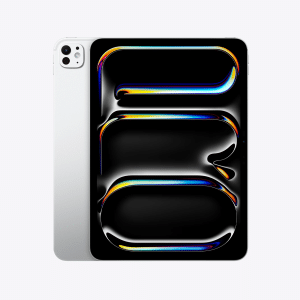During the Apple vs Samsung patent trial on Friday, Apple software engineer and head of the company’s human interface team Greg Christie took the stand to offer background on the original iPhone, specifically the “slide-to-unlock” feature. According to in-court reports from Re/code, Christie said “swipe-to-unlock,” a feature first made popular by Apple that later inspired iterations from competing smartphone manufacturers, was created from the idea of an always on iPhone.
The design wasn’t possible, due to power requirements regarding a device that would never sleep and be ready to go with a touch of the screen. Instead, a normal power cycling method needed to be incorporated.
“We couldn’t meet our power requirements if we had that active a state,” Christie said. “We had to resort to a power button.”
As with any design process, concessions were made and the iPhone was ultimately introduced with a unique software-based power control mechanism in “slide-to-unlock.” Christie went on to say that the feature addressed concerns with pocket dialing and inadvertent screen presses, unique problems associated with a device mainly reliant on its display for user input.
According to a separate report from CNET, Apple spent three years on the original iPhone, dubbed “Project Purple,” to ensure the GUI would be easily accessible and transparent to all users.
“One of the biggest challenges is that we need to sell products to people who don’t do what we do for a living,” Christie said, explaining that Apple wanted “normal people — people with better things to do with their lives than learn how a computer might work to use the product as well as we can.”
The rest of Christie’s testimony was a large copy of an interview he gave to The Wall Street Journal last month. In it, the Apple human interface chief discussed the history of Project Purple and a brief overview of the important patent involved in the iPhone’s design.











